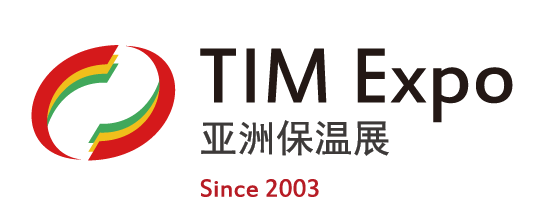4 Predictions For The Heavy Construction Industry In 2024
It is worth to note that continuous integration when it comes to digital technologies, if done purposefully, makes sure to position the construction firms at a competitive advantage and also ensures long-term success.
Apparently, above 1,000 technology leaders from contractor firms throughout Australia, the UK, as well as North America became part of the survey for the Autonomous Construction Tech Outlook. Further major insights from this survey go on to predict 2024 trends:
Key for autonomy: AI advancement
Artificial intelligence’s effect when it comes to construction surpasses the recent headlines; it has been silently advancing the sector for years. AI applications happen to be at the forefront and are indeed crucial in pushing the sector towards autonomy.
Major improvements within the power of automation as well as the scope of smart digital realities will transform the industry in terms of efficiency, detailing, safety, as well as profitability. Companies that deliberately go on to leverage autonomy across areas of strategic importance will go on to benefit from safer as well as more sustainable, efficient, accurate, and profitable operations.
Companies should go on to future-proof their personnel by offering training as well as empowering them to leverage digital solutions. Squeezing the digital skills gap will become a major priority, and one should see considerable funding for training and skills development.
The fact is that technology is skilling jobs and not killing them
The heavy construction sector goes on to struggle with a consistent lack of skilled manpower, effecting schedules, project budgets, and also bid submissions. To take care of this challenge, the industry must go on to attract younger talent and also integrate technology strategically. As per the Autonomous Tech Outlook, 84% of construction firms go on to incorporate autonomy within some operations.
Contrary to the issues when it comes to job loss, such technological advancements are in no way killing but in a way skilling jobs. Digital solutions enhance efficiency and, at the same time, eliminate repetitive tasks. Given the talent deficit within the sector, attaining more with fewer people is indeed compulsory. Automating the tasks not just goes on to liberate time for work requiring unique skills but also decreases the risk exposure quite significantly.
With sustainability, productivity, along with profitability go hand in hand
The Hexagon’s Construction Tech Outlook reveals that sustainability is indeed the top priority for firms in the next 3-5 years. In order to achieve the benefits of sustainability within that time frame as well as address industry anticipations along with customer demands, companies will need to execute more sustainable practices.
As per the UN’s Global Status Report for Buildings and Construction, the sector goes on to account for nearly 37% of energy and process-related carbon dioxide emissions worldwide. Because of this, some holistic efforts are being made in order to make the processes more accurate, autonomous, and also less wasteful, as well as emission-heavy.
Automation along with digitisation are indeed two pillars when it comes to sustainable construction practices. Precise initial measurements along with value engineering result in decreased material waste, lesser equipment hours, and also reduced fuel consumption.
Precise measurements and regular updates on the growth enable replanning over shorter time horizons, which helps minimize rework and even overprocessing. Productivity, profitability, and, at the same time, sustainability is hence all interdependent. Apparently, more organizations will invest in and, at the same time, adopt technological solutions that enhance these areas.
Topping the investment forecast : Machine control, cloud connectivity and AI
The survey says that 79% of firms plan to invest an average of US$7.1 million in autonomous solutions in the next three years. Considering the significance when it comes to machine control and AI-based automation technology in enhancing productivity along with sustainability, which are two major benchmarks for construction firms, industry investments when it comes to 2024 will likely prioritize solutions that feed into such areas.
The precise focus will go on to address machine control, general software automation, cloud connectivity, as well as solutions that help with real-time feedback loops and also analytics, and AI-based software solutions for quicker processing that eliminate mundane tasks that add very little value.
To summarize, as the heavy construction industry traverses through the path to 2024, embracing AI and autonomous solutions becomes not only a strategic choice but also a necessity for those looking for enduring success, says Hexagon.
The amalgamation of technological advancements goes on to present opportunities for enhanced effectiveness, safety, and profitability. With a steadfast commitment so as to upskilling the workforce and integrating digital solutions, organizations can thrive in an era in which technology skills jobs than eradicating them.
Furthermore, the sector’s commitment to sustainability syncs with the imperative to make construction practices more safe, efficient, and, at the same time, more accurate. Going ahead, the expected funding in software, cloud connectivity, machine control, and AI highlights the sector’s commitment to growth, setting the stage for evolution and a sustainable future within the gamut of heavy construction.








